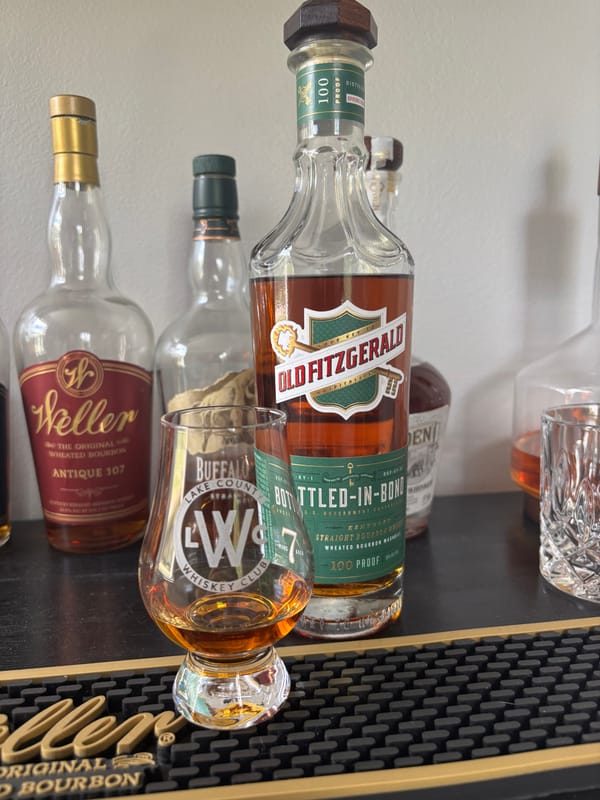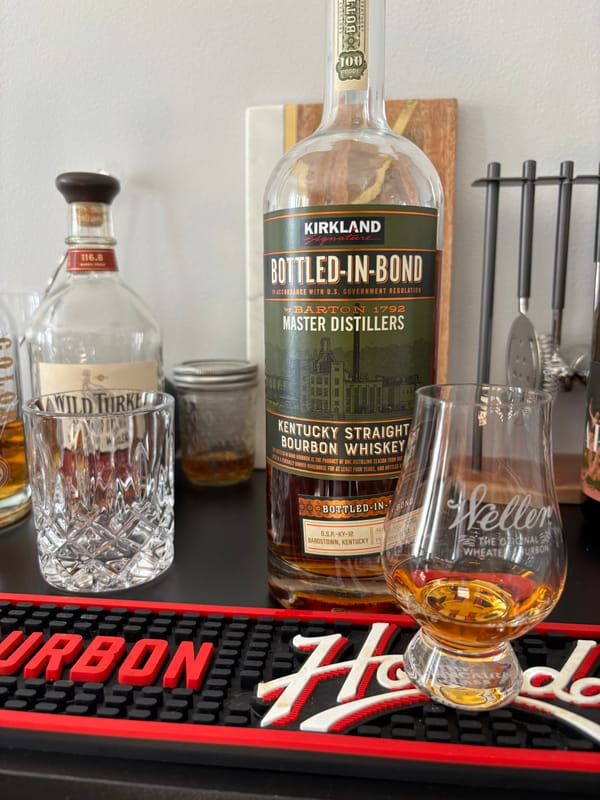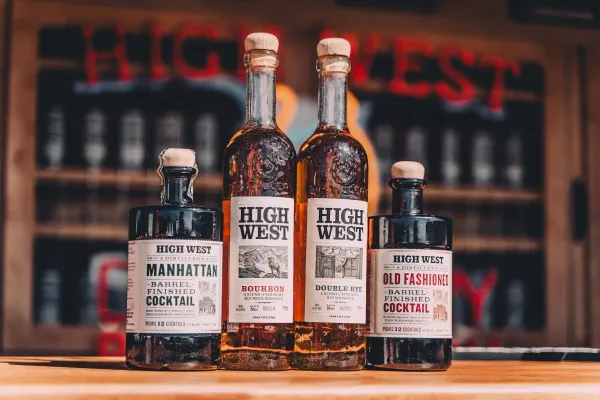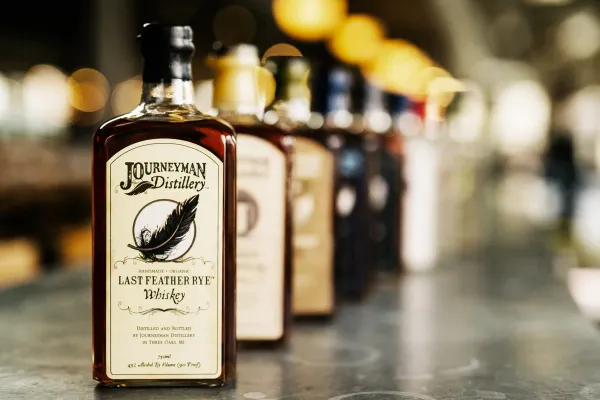What Is Single Barrel Bourbon? Your Guide to One-of-a-Kind Whiskey

Unraveling Single Barrel Bourbon
"Single Barrel" on a bourbon label sounds exclusive, but what does it mean? This term promises a unique sip, and it’s not just hype—it’s a process that delivers. Here’s what single-barrel bourbon is, how it’s made, and why it’s a must-know for whiskey lovers.
Defining Single Barrel Bourbon
Single barrel bourbon comes from one barrel—no blending with others—per U.S. Code 27 CFR § 5.22. Standard bourbon mixes multiple barrels for consistency; single barrel doesn’t, making each bottle distinct. Kentucky’s 2.6 million barrels in 2022 (Kentucky Distillers’ Association) include these solo stars—Four Roses Single Barrel ($45) varies by barrel, per Bourbon Culture (2022).
How Single Barrel Bourbon Is Made
It starts with the usual—51% corn, new charred oak, distilled to 160 proof max. After aging (4-10 years typically), one barrel is picked—not averaged. Knob Creek Single Barrel ($50, 9 years, 120 proof) pulls oak and spice from one cask—gold at 2023 SFWSC, per The Whiskey Wash (2022). Barrels vary by warehouse spot—top floors age hotter, per Breaking Bourbon (2021)—so each tastes unique.
Why Single Barrel Stands Out
No two barrels match—heat, oak, and time tweak flavors. Blanton’s ($60, 93 proof) offers caramel or fruit by batch—silver at 2022 IWSC, per Distiller.com (2021). U.S. craft bourbon sales rose 10% in 2023 (Craft Spirits Magazine), with single barrels leading rarity appeal—often $50-$100 due to limited yield (200-300 bottles per barrel, per The Spirits Business 2021).
Why You Should Try It
Single barrel bourbon is a flavor gamble—unique every time. Want to taste the one-barrel difference? Check out NEAT: Whiskey Finder—it’ll help you track down these rare bottles near you.





